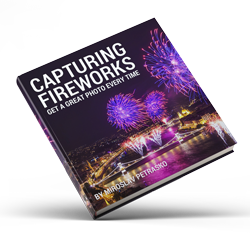My favorites
Only a few more months and it will be 10 years since I started this blog. Exactly it was the 4th of March 2010 when I posted the first photo here. Crazy how quickly the time passed by. And with that, this is also the 10th My favorites post here. I traveled less this year, so the photos are a bit less varied than from the last years. Still, there were some photos I really like, and those I will share with you today. Let’s see what 2020 brings, let’s hope it’s just better and there are even more photos to share :)
Also here you can see my favorites from past years: 2018,2017,2016,2015, 2014, 2013, 2012, 2011 and 2010 :)








































